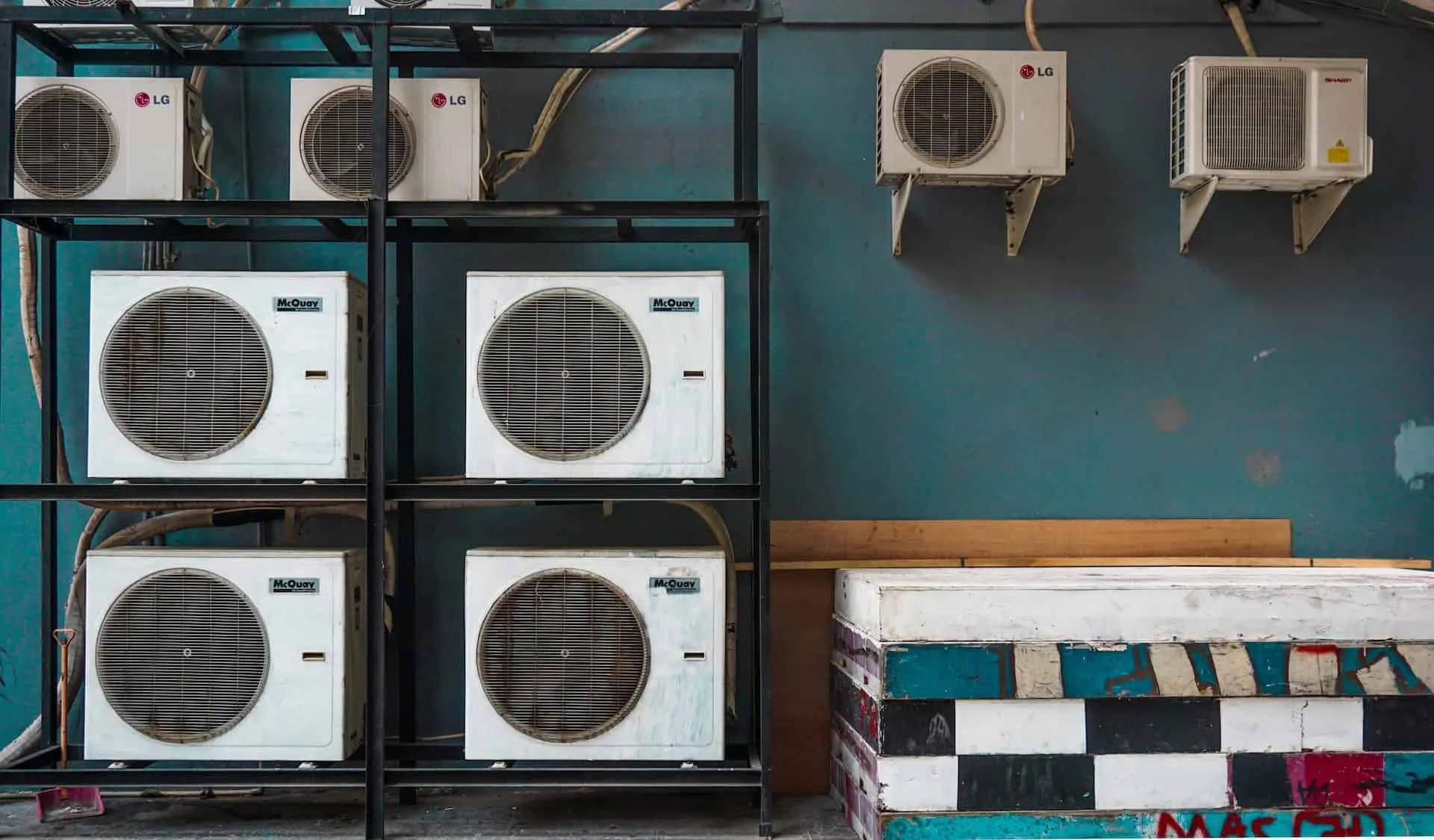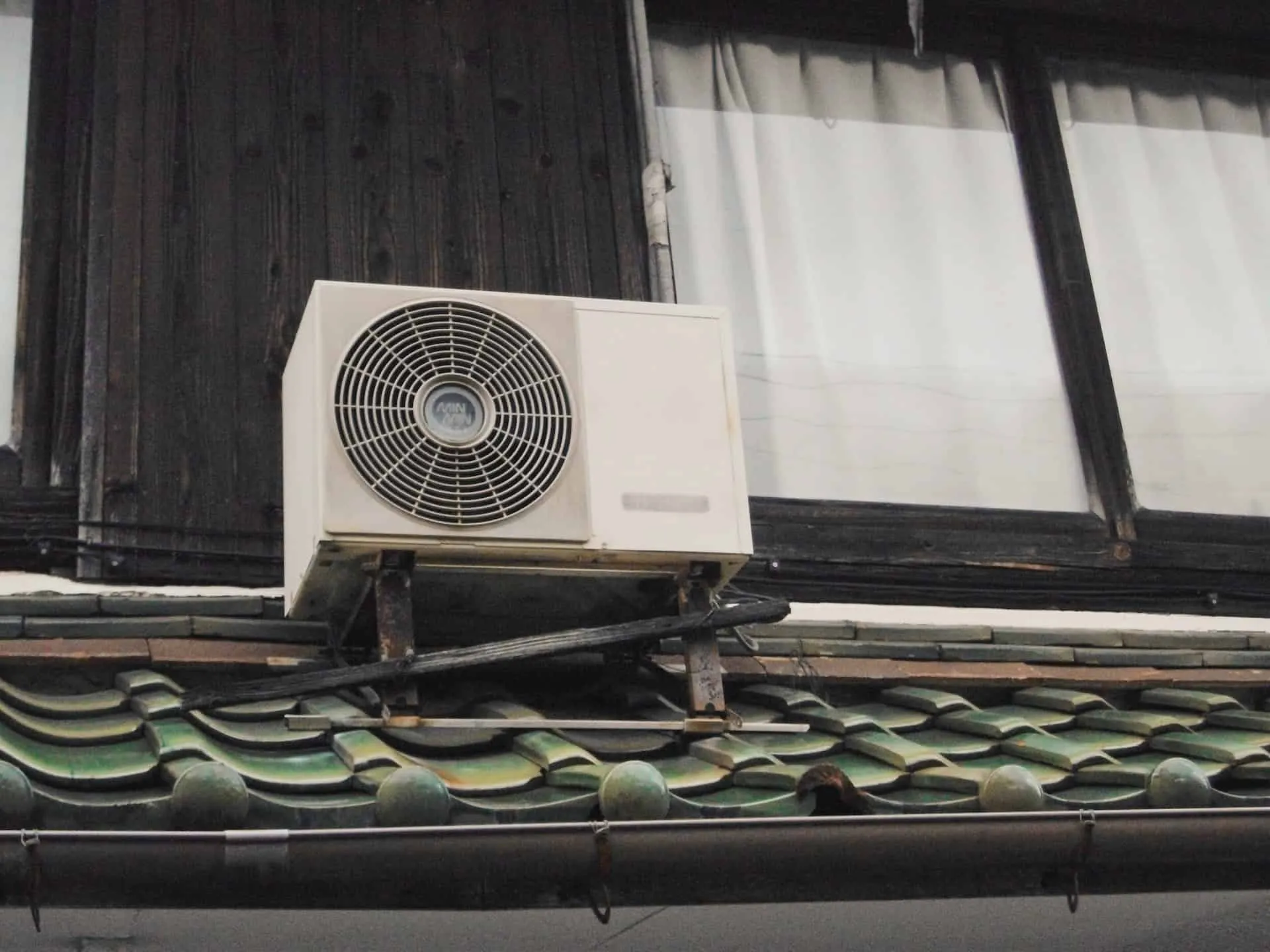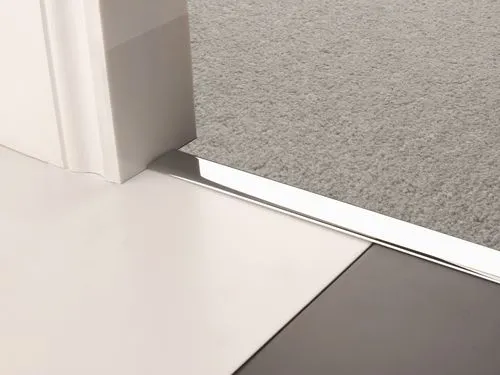There can be your advertisement
300x150
How to Plan the Installation of Heating and Cooling Systems in a New House: Guide
If you are planning to buy a new house, there is a lot of work involved in finding the perfect location. In addition to searching for a suitable house in an ideal place, one of the most important factors for a potential homeowner is ensuring new housing has a reliable heating and cooling (HVAC) system. Planning an efficient and economical HVAC installation before moving in can save time and money in the future, as well as provide year-round comfort. In this article, we will share some tips that will help you prepare your new home for a successful HVAC installation in advance, so when it's time to complete the purchase, everything is ready right after your move-in!

Early Planning
The key to a smooth and efficient HVAC installation is early planning. By incorporating heating and cooling plans into the home's construction drawings, you can ensure seamless integration of the system with the rest of the house. This proactive step allows for optimal placement of ducts, ventilation openings, and equipment, which significantly improves system efficiency and minimizes potential aesthetic and functional disruptions in your space.
It's important to find an HVAC expert as soon as possible and consult with them about the project plans. This is a crucial step to get the most out of your new system. Whether you're working with an HVAC installer in Jacksonville or Miami, a reliable contractor should be able to recommend the best system for your home and help ensure everything is ready before you move in. This also makes future maintenance and repairs of your HVAC system easier.
Choosing the Right System
Selecting the ideal HVAC system for a new home is a critical step that ensures comfort and energy efficiency. Several factors influence this choice: house size, climate conditions, and insulation.
Standard HVAC systems fall into several categories: central air conditioning, heat pumps, and ductless mini-splits. Central air conditioning is popular in many homes due to its ability to cool multiple rooms simultaneously. Heat pumps are suitable for moderate climates and can provide both heating and cooling. Ductless mini-splits offer a flexible solution for homes without existing ductwork and are known for their energy efficiency.
High-efficiency HVAC systems, although more expensive upfront, can lead to long-term savings due to lower electricity costs. Energy Star-rated systems may be a smart choice for homeowners aiming for maximum efficiency.
Size Matters
When selecting an HVAC system, choosing the correct size for your home is essential to ensure high performance and efficiency. An undersized system may struggle to maintain a comfortable temperature, leading to increased energy consumption and wear. On the other hand, an oversized system can cause frequent on-and-off cycling, reducing lifespan and increasing energy costs.
Proper HVAC system sizing depends on several factors: total home square footage, ceiling height, insulation quality, window type and size, and climate zone. A simple starting rule is '20 BTUs per square foot': for example, a 2000 sq ft home would require a system with 40,000 BTUs.

Ductwork Design
An equally important aspect of HVAC installation is designing efficient ductwork. The placement of ducts can significantly impact the efficiency and performance of your HVAC system, affecting overall comfort in the home. Careful planning and design ensure even distribution of cooled or heated air throughout the house, eliminating hot or cold spots and maintaining consistent temperatures.
When designing ductwork, consider the structure and layout of your home. Ducts should be straight and as short as possible. Long and curved paths can reduce system efficiency due to increased air flow resistance. It's also important to minimize bends and turns, as each one increases energy consumption and reduces system efficiency. Additionally, ducts should be properly insulated and sealed to prevent air loss, save energy, and improve system performance.
Remember that each room may have different heating and cooling needs depending on its size, usage, and orientation. Therefore, ducts should be designed with these requirements in mind, and dampers should be installed in appropriate locations for airflow control and balancing.
In conclusion, putting effort into planning a successful HVAC system installation before purchasing a new home can save time and money in the future. Considering all the above factors—early planning, choosing an appropriate system, correct sizing, and efficient ductwork design—you can ensure comfort when moving into your dream home. With proper preparation and expert HVAC assistance, you'll get a reliable and efficient system ready to operate immediately after your move!
More articles:
 How to Make Your Home More Eco-Friendly
How to Make Your Home More Eco-Friendly Ways to Increase the Usefulness of Your Kitchen with Various Appliances and Accessories
Ways to Increase the Usefulness of Your Kitchen with Various Appliances and Accessories How to Add a Magical Forest to a Child's Bedroom
How to Add a Magical Forest to a Child's Bedroom How to Install a Threshold Barrier?
How to Install a Threshold Barrier? How to Add an Aquarium to Home Renovation
How to Add an Aquarium to Home Renovation How to Integrate Solar Panels into Building Design
How to Integrate Solar Panels into Building Design How to Integrate Biophilic Interior Design
How to Integrate Biophilic Interior Design How to Add Earth Tones to Your Home
How to Add Earth Tones to Your Home